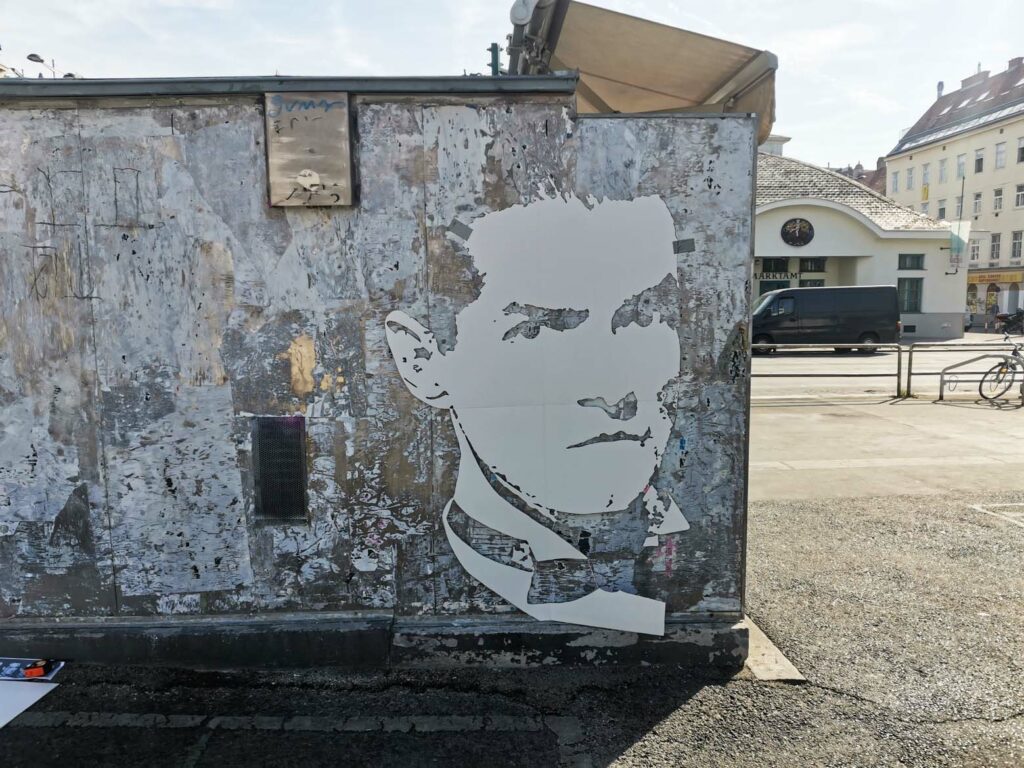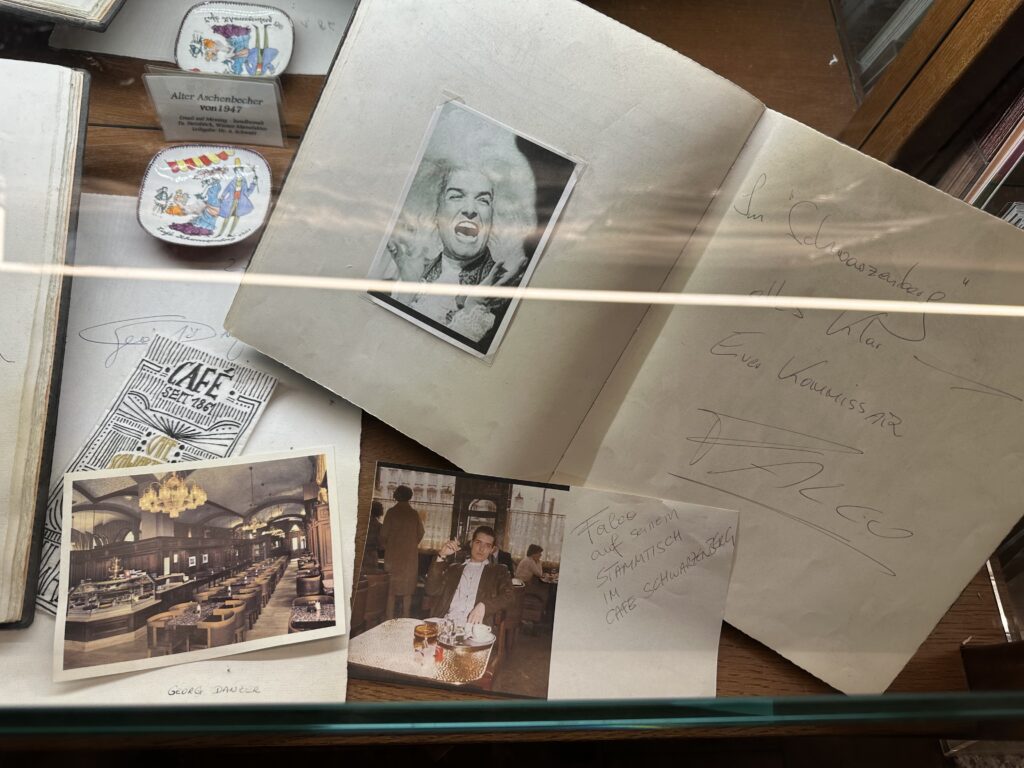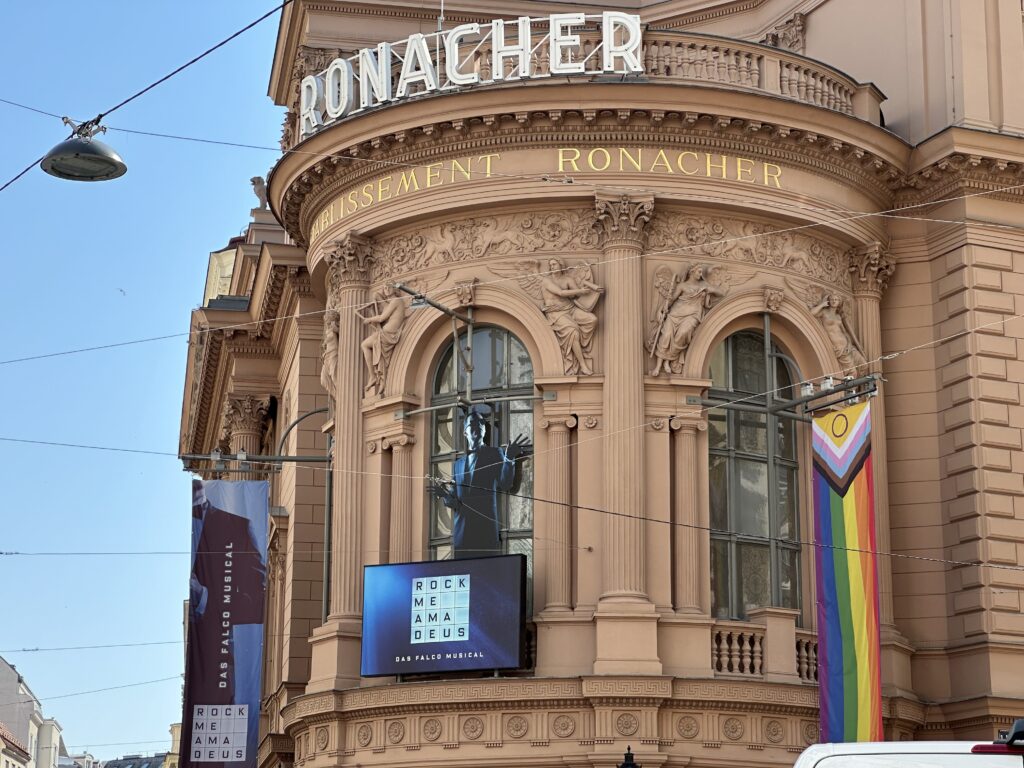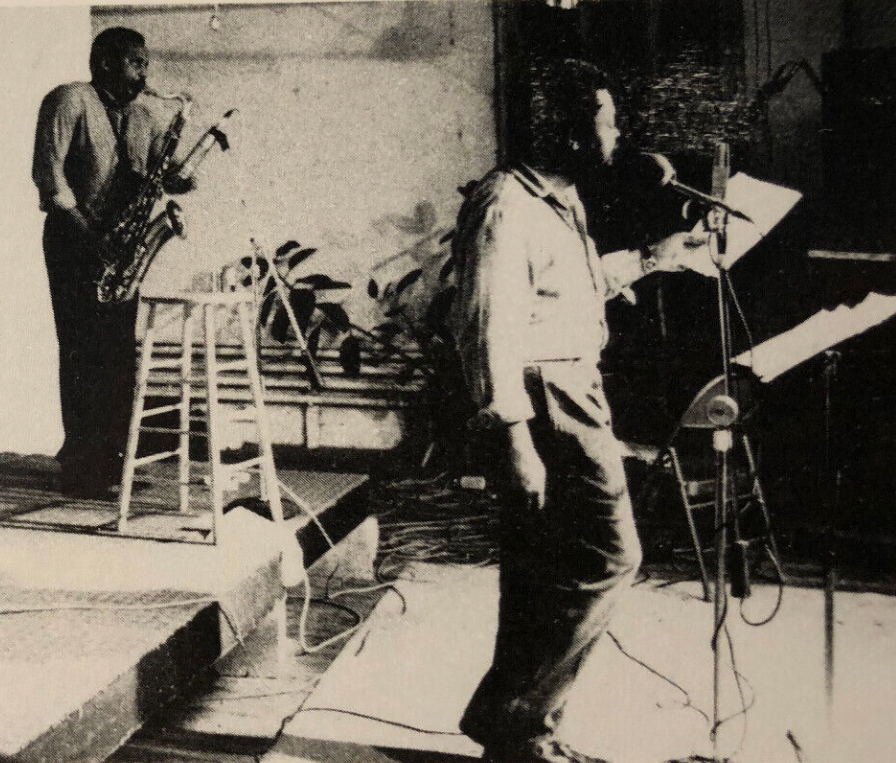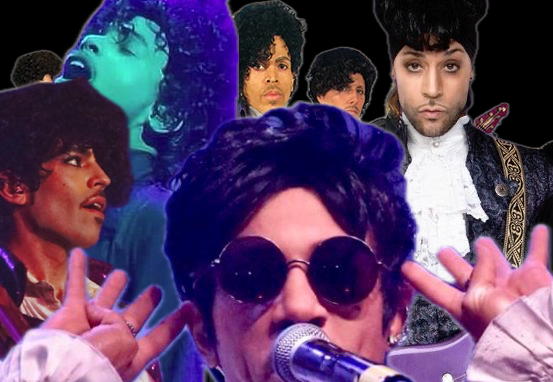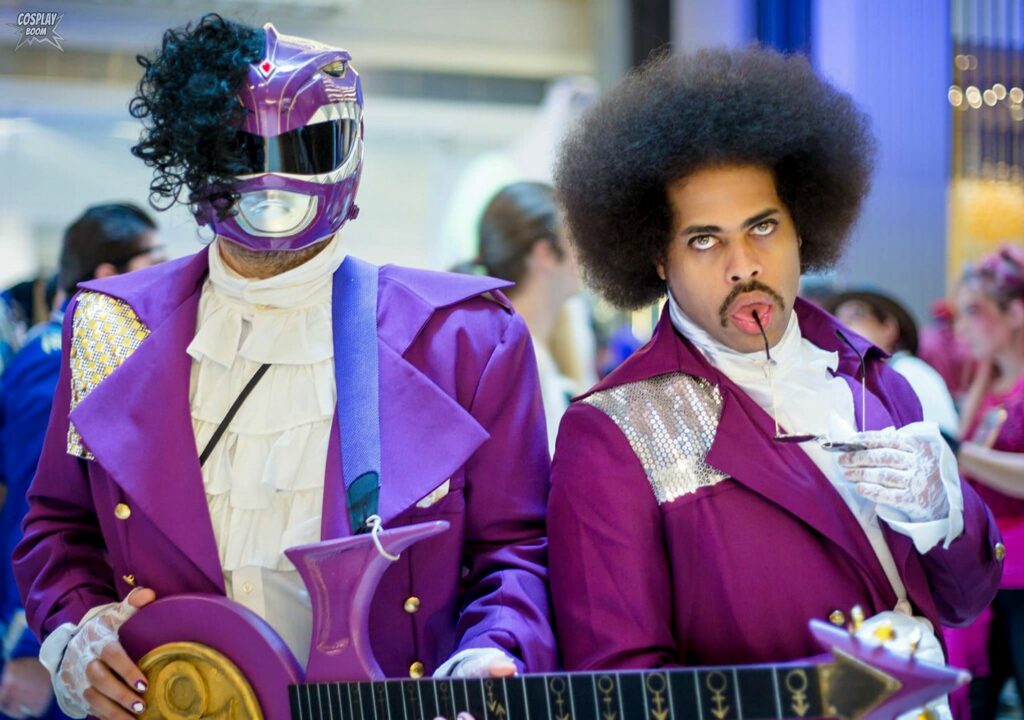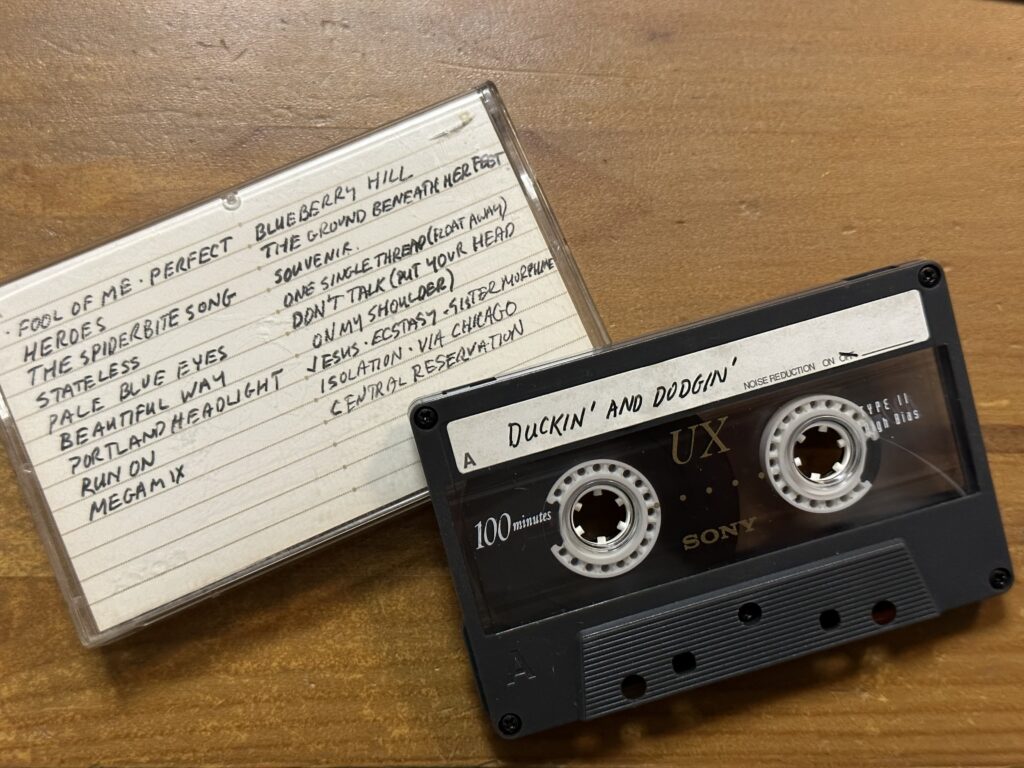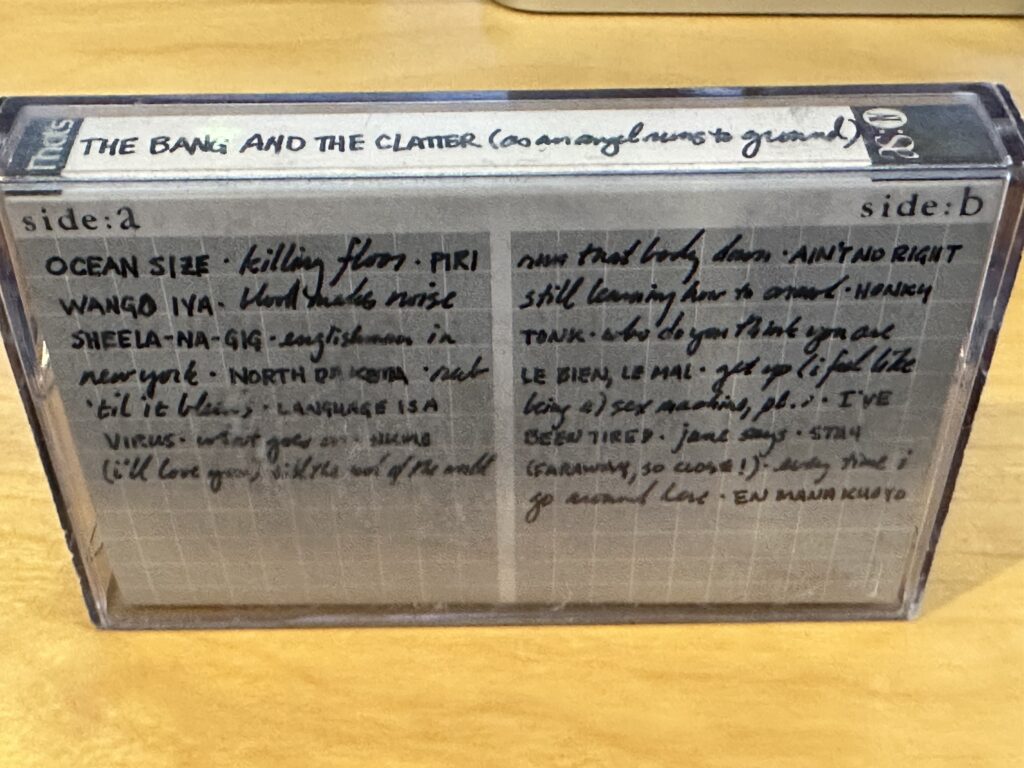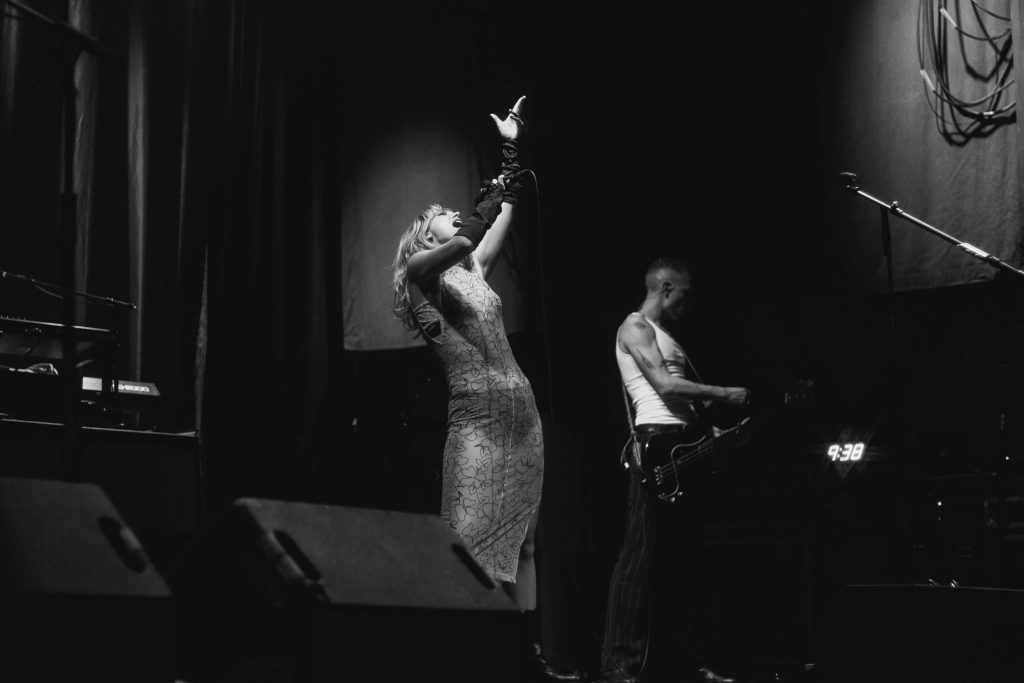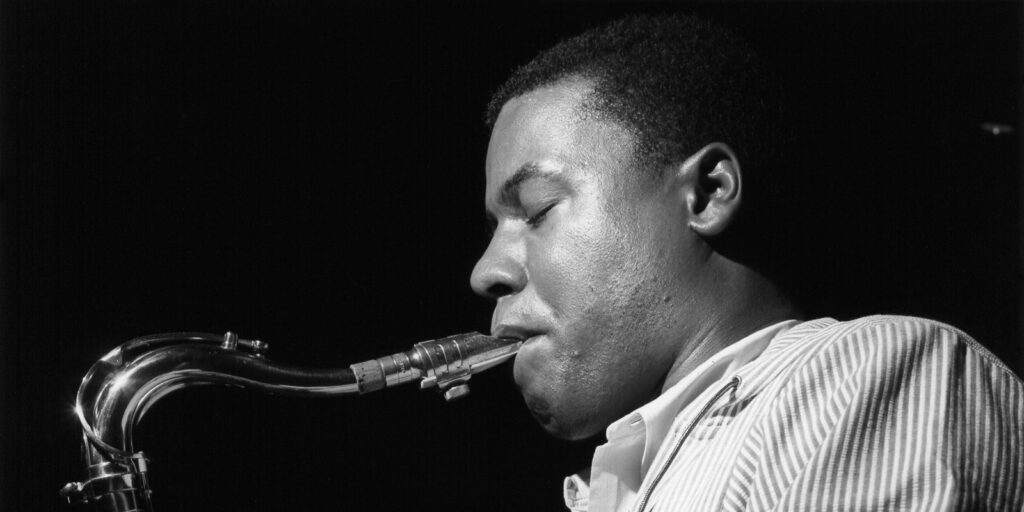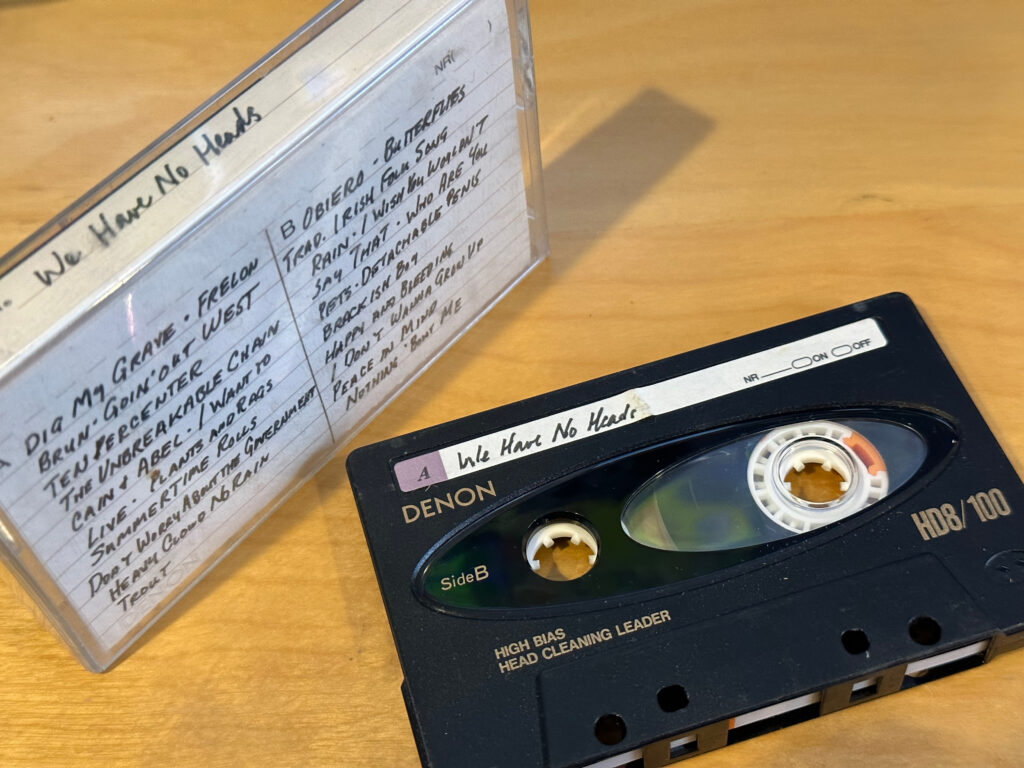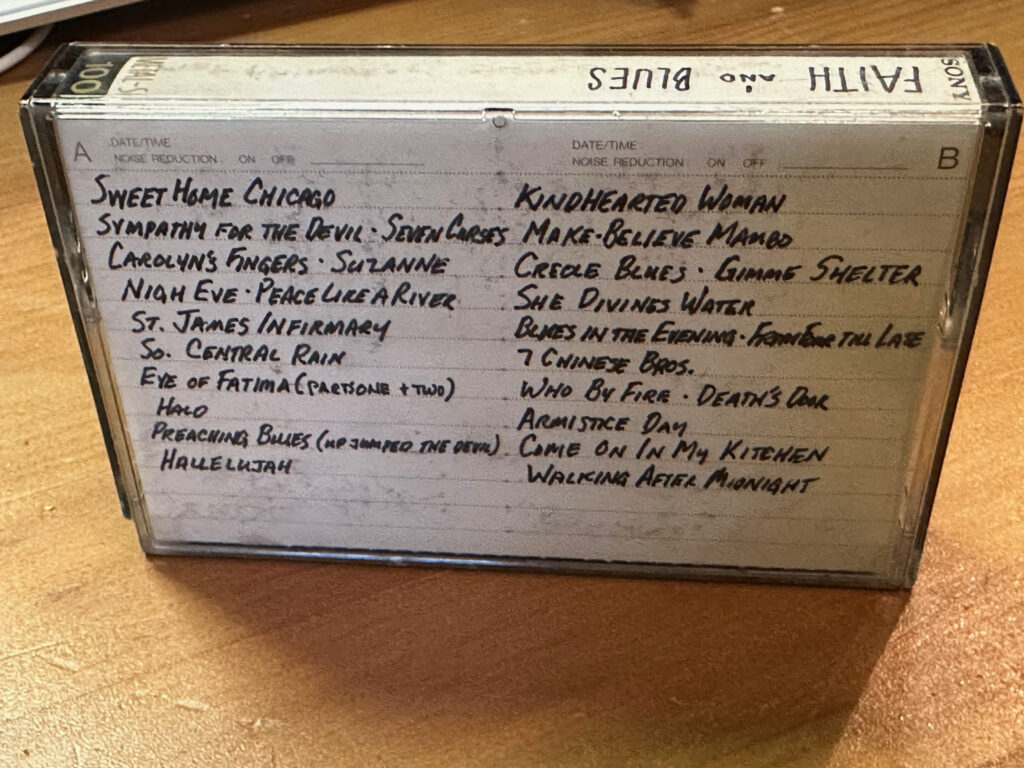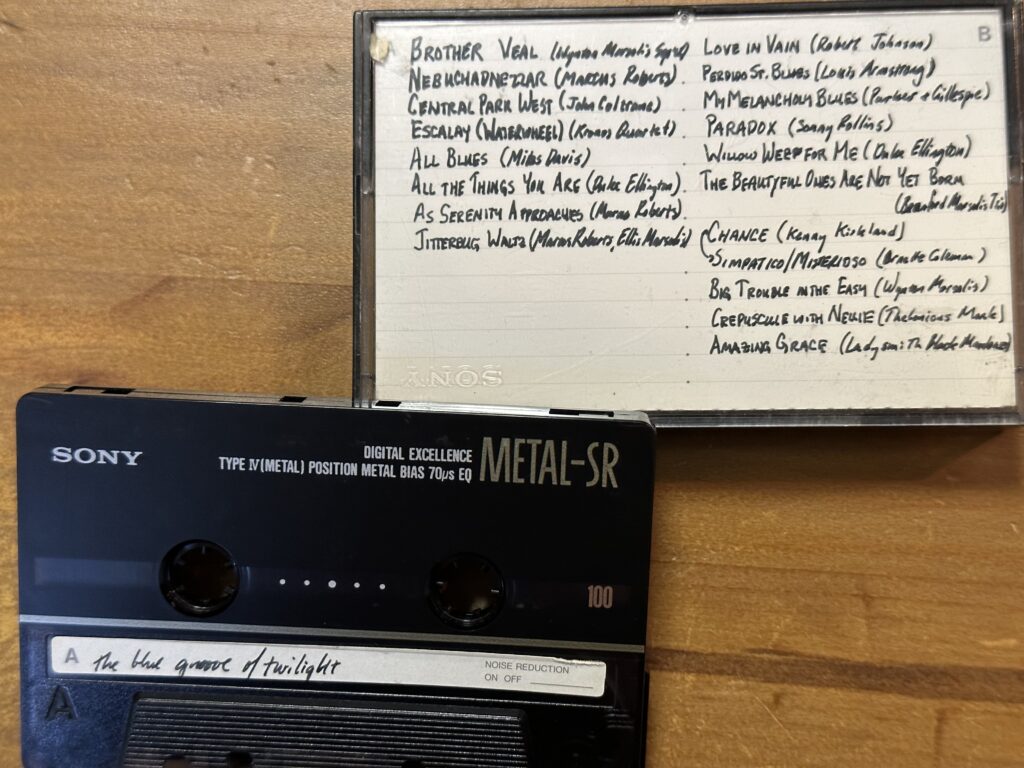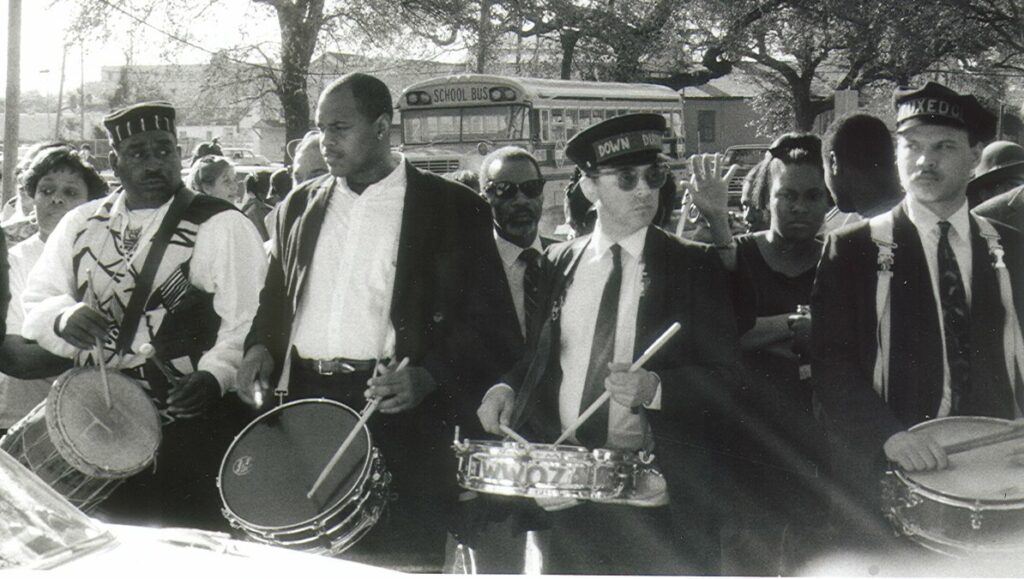
The second of this week’s Exfiltration Radio playlists is a dive into the roots of jazz in New Orleans, and specifically a spin through the collision between jazz and hymnody that is a constant thread in hot jazz, also known as “Dixieland” jazz. (I won’t pretend that there aren’t other reasons for putting together a playlist of religious music on Election Day.)
The New York Jazz Ensemble is today known only for a single recording it released in 1993 with an amateur clarinetist — Woody Allen, before his downfall. For my money the band is pretty good, and “In the Sweet By’n’By” is one of the best cuts on the album; “What a Friend We Have in Jesus,” a few tracks later, is the other.
There are a few tracks here from different incarnations of the Preservation Hall Jazz Band. The first, from their 1977 survey New Orleans Vol. 1, is a good representation of their gospel ballads; “His Eye is on the Sparrow” dates from 1905 and has been recorded by artists as varied as Lauryn Hill, Jessica Simpson, Mahalia Jackson, and Whitney Houston. It’s essentially the same band, minus a few members, that returns for “Precious Lord,” a knockout track from their 1988 New Orleans Vol. IV album (coincidentally, the first of their albums I ever bought). An earlier incarnation of the band, as recorded on 1964’s Sweet Emma and Her Preservation Hall Jazz Band, is recorded only a few years after Pennsylvania-based tuba player Allan Jaffe began to manage the former art gallery in the French Quarter that had become a venue for local jazz musicians; “Sweet Emma” Barrett is on vocals “(Just a) Closer Walk With Thee.” It’s this earliest band that provides our closing rendition of “When the Saints Go Marching In.” Brothers Willie and Percy Humphrey are on all three recordings, spanning 24 years; Willie Humphrey was 88 years old when Vol. IV was recorded and his kid brother Percy was 83.
Kid Ory is one of the greats—the first great jazz trombonist, a bandleader who hired both King Oliver and Louis Armstrong during his career. “Joshua Fit De Battle of Jericho” is a spiritual that dates at least as far back as the early 19th century, and its message of walls tumbling down seems appropriate today. His track is followed by another pre-Civil War spiritual recorded by a much lesser-known musician. Sam Morgan was a New Orleans trumpeter and bandleader who recorded six sides in 1927, including this affecting version of “Down by the Riverside.”
The Firehouse Five Plus Two is one of those bands that would seem to be a fictional creation if it weren’t so well documented; as Wikipedia dryly notes, it was “a Dixieland jazz band, popular in the 1950s, consisting of members of the Disney animation department.” In particular, Ward Kimball, one of Disney’s “Nine Old Men,” played trombone when he wasn’t animating the Seven Dwarves or designing Jiminy Cricket or the crows in Dumbo, and other animators joined in; while Pogo cartoonist Walt Kelly was never a member, he was close enough to Kimball and the group to draw several album covers. “A Georgia Camp Meeting” is technically a cakewalk rather than a hymn or spiritual, but given that a “camp meeting” was a gospel revival, we’ll let it slide.
George Lewis & Papa Bue’s Viking Jazzband is a curiosity. Lewis was a New Orleans born clarinetist who played in a variety of hot jazz bands (including at Preservation Hall) until his death in 1968. The performance on this album comes from a radio show he recorded in Denmark in 1959 with “Papa Bue’s Viking Jazzband,” a Dixieland-style band that was given its name by the journalist and vocalist Shel Silverstein (yes, that Shel Silverstein). “The Old Rugged Cross” was a 1912 evangelical hymn that has become a gospel standard.
Ida Cox was a vaudeville singer in her early career, but her 1961 comeback album Blues for Rampart Street featured a hot jazz backing band that included Coleman Hawkins, Roy Eldridge and Milt Hinton, among others. Her original “Hard, Oh Lord” fits thematically with the spirituals in the rest of the album.
For every Preservation Hall Jazz Band, there seems to have been a Kings of Dixieland—an anonymous band that kept the hot jazz tradition alive but about whom little is known. “Nobody Knows the Trouble I’ve Seen” is an African-American spiritual originating in slavery but first published in 1867. It thrived in a variety of covers, including classical settings, and was Marian Anderson’s first hit in 1925.
The thing about New Orleans is that it keeps a great many of its traditions alive, including the brass band. The Liberty Brass Band is one of several contemporary bands whose performances are collected on the Smithsonian Folkways anthology New Orleans Brass Bands: Through the Streets of the City from 2015. The anthology also featured a performance by the Treme Brass Band, which takes its name from the Tremè neighborhood of the city and whose performance of “I’ll Fly Away” here closes out their 2008 album New Orleans Music.
It’s the earliest incarnation of the Preservation Hall band that provides our closing rendition of “When the Saints Go Marching In.” Brothers Willie and Percy Humphrey are on all four recordings of the band on this mix, spanning 24 years; Willie Humphrey was 88 years old when Vol. IV was recorded and his kid brother Percy was 83.
- “Amen, amen… what this world needs is more love” – Rev. Johnny L. Jones (Exfiltration Bumpers)
- In the Sweet By ‘n’ By – The New York Jazz Ensemble With Woody Allen (The Bunk Project)
- His Eye Is On the Sparrow – Preservation Hall Jazz Band, Narvin Kimball, Josiah Frazier, James Miller, Willie Humphrey, Percy Humphrey & Frank Demond (New Orleans, Vol. 1)
- Joshua Fit De Battle of Jericho – Kid Ory (The Great New Orleans Trombonist)
- Down by the Riverside – Sam Morgan’s Jazz Band (How Low Can You Go?)
- At A Georgia Camp Meeting – The Firehouse Five Plus Two (The Firehouse Five Plus Two Goes South)
- Closer Walk With Thee – Preservation Hall Jazz Band (New Orleans’ Sweet Emma and Her Preservation Hall Jazz Band)
- The Old Rugged Cross – George Lewis & Papa Bue’s Viking Jazzband (George Lewis with Papa Bue’s Viking Jazzband)
- Precious Lord – Preservation Hall Jazz Band (New Orleans – Vol. IV)
- What a Friend We Have in Jesus – The New York Jazz Ensemble With Woody Allen (The Bunk Project)
- Hard, Oh Lord (Album Version) – Ida Cox (Blues For Rampart Street)
- Nobody Knows the Trouble I’ve Seen – The Kings of Dixieland (Kings of Dixieland)
- Lily of the Valley – Liberty Brass Band (New Orleans Brass Bands: Through the Streets of the City)
- I’ll Fly Away – The Tremè Brass Band (The Treme Brass Band)
- When the Saints Go Marching In – Preservation Hall Jazz Band (New Orleans’ Sweet Emma and Her Preservation Hall Jazz Band)
We have taken control as to bring you this special show, and we will return it to you as soon as you are exfiltrated.

